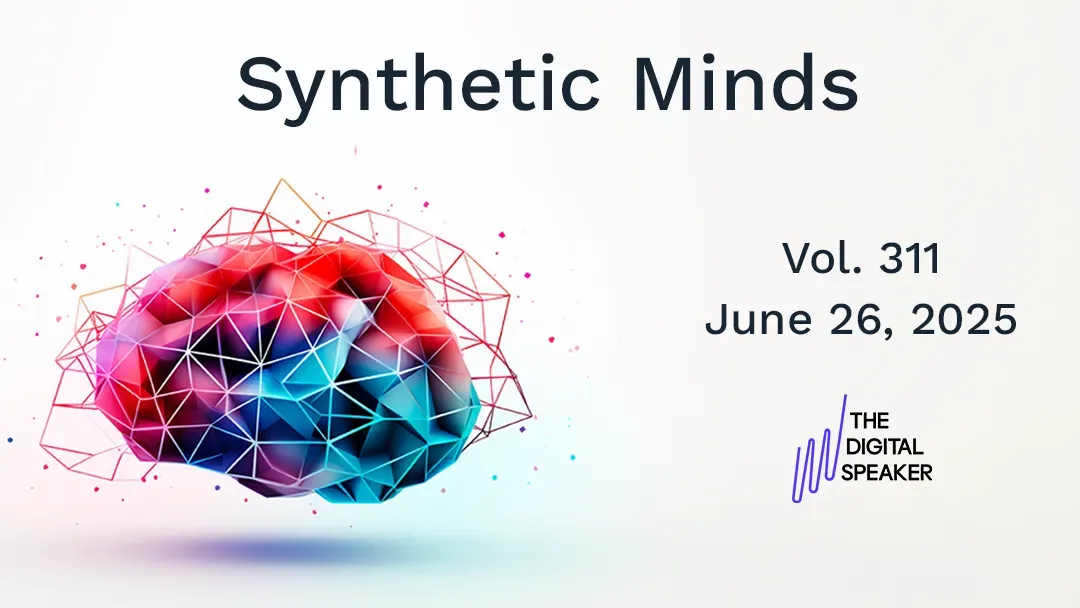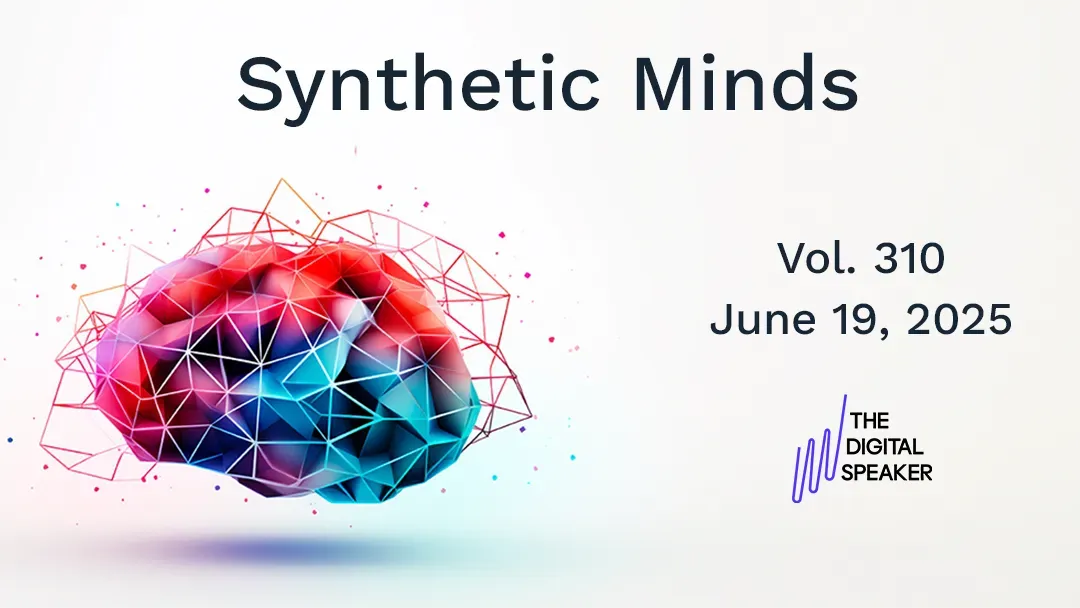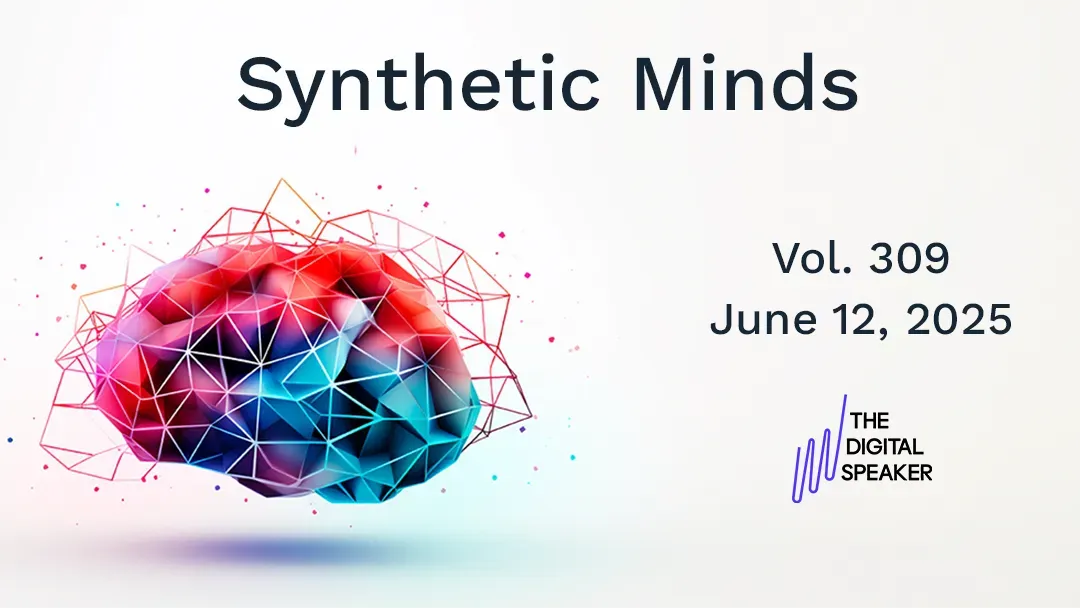Synthetic Minds: Humanoids and AI Changing Everything
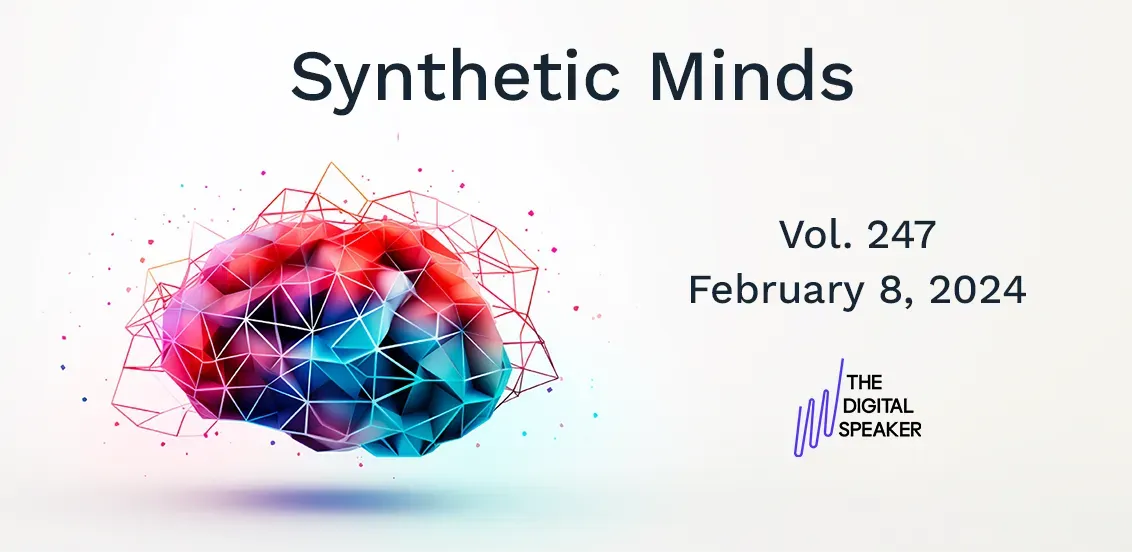
'Synthetic Minds', formerly known as the f(x)=e^x, serves as a mirror to the multifaceted, synthetic elements that are beginning to weave into the fabric of our society. The name acknowledges the blend of artificial and human intelligence that will shape our collective future, posing incredible opportunities and ethical dilemmas.
Humanoids With AI: The Dawn of a New Workforce Species

My latest article:
The integration of humanoids with Multimodal Large Language Models (LLMs) signals a profound shift in the robotics landscape, pushing the boundaries of human-robot collaboration.
This fusion is not merely about enhancing robots with the ability to see and hear; it's about creating entities that can intuitively interact within our world, understanding and responding in ways previously confined to the realm of science fiction.
Boston Dynamics' Atlas, venturing from acrobatics to inventory management, exemplifies this shift, showcasing a delicate balance between strength and sensitivity. Meanwhile, robots like Softbank's Pepper and Tesla’s Optimus hint at a future where robots are not just workers but companions and caretakers.
The implications are vast, extending from the factory floor to the frontlines of customer service, potentially redefining roles and industries. Yet, as we stand on this brink of innovation, the question looms: How will the workforce adapt to these new colleagues who blend the lines between human intuition and robotic efficiency?
Go beyond my newsletter and have an on-demand chat with my digital twin via text, audio or video in 28 languages!
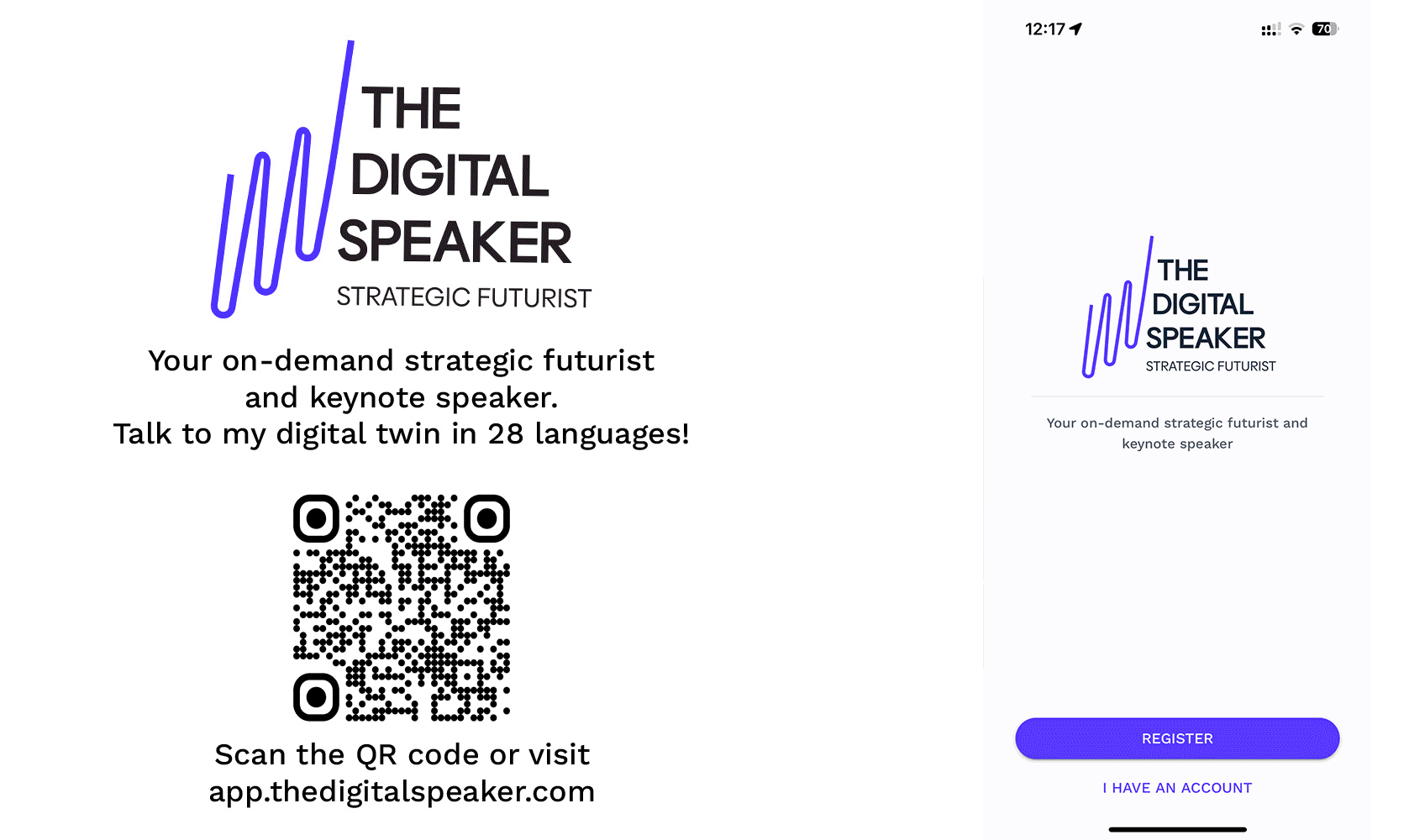
Synthetic Snippets: Quick Bytes for Your Synthetic Mind
Quick, curated insights to feed your quest for a better understanding of our evolving synthetic future. The below are a small selection of my daily updates that I share via The Digital Speaker app. Download and subscribe today to receive real-time updates. Use the coupon code SynMinds24 to receive your first month for free.

1. AI Takes Flight: KLM's Recipe for Cutting Down Meal Waste
KLM's innovative use of AI has led to a significant reduction in food waste, with the airline now saving approximately 100,000 kilograms of meals annually. This achievement is part of a broader initiative aimed at accelerating AI adoption in business.
The AI-driven "Meals On Board" system predicts passenger numbers more accurately, allowing for precise meal planning and reducing waste up to 20 minutes before a flight's departure.
This approach not only highlights the potential for AI to enhance operational efficiency but also underscores a commitment to sustainability. By integrating AI into various aspects of its operations, from catering to flight maintenance and customer service, KLM is setting a precedent for the aviation industry's future.
The success of this initiative reflects the power of AI to transform traditional business models and contribute to environmental conservation.
As AI begins to reshape the landscape of the aviation industry, what other sustainability challenges could it help address, and how might other sectors learn from KLM's example? (AD)

2. When Toothbrushes Attack: The Unlikely Cyberthreat from Your Bathroom
In a bizarre but long-anticipated twist on cybersecurity threats, three million smart toothbrushes were hijacked to launch a DDoS attack on a Swiss company, causing millions of euros in damages.
These dental devices, designed to track and enhance oral hygiene habits through their internet connectivity, were compromised due to vulnerabilities in their Java-based OS. The incident highlights the unexpected risks associated with the growing Internet of Things (IoT), where even the most mundane objects can become tools in cyber warfare.
Therefore, it is vital that all IoT manufacturers work on protecting all connected devices, emphasizing that anything linked to the internet can be targeted. This situation serves as a surreal reminder of our times: when your toothbrush could be part of a cybercriminal botnet.
It prompts a critical reflection on the need for rigorous security measures for all IoT devices, from toothbrushes to doorbells, underscoring the relentless pace of the digital arms race between tech companies and hackers.
In a world where even toothbrushes can undermine digital security, how can individuals and companies adapt to ensure the safety of their increasingly connected lives? (Tom's HARDWARE)

3. Seeds of Change: John Deere's High-Tech Harvest Revolution
In an era where technology and agriculture converge, John Deere's recent partnership with SpaceX's Starlink marks a pivotal shift towards the future of farming. By integrating Starlink's satellite fleet, Deere is setting out to provide high-speed internet to its tractors, planters, and sprayers, even in the most remote and rugged terrains.
This isn't merely about enhancing connectivity; it's a visionary step towards realizing fully automated farming ecosystems where precision and efficiency reign supreme. The collaboration aims to democratize access to advanced digital tools for farmers worldwide, addressing the critical challenge of internet scarcity that plagues about 30% of U.S. farmlands and an even more significant portion globally, notably in Brazil, where over 70% of agricultural lands are digitally underserved.
With ambitions to transform 10% of its revenue into software service fees by the end of the decade, Deere is not just connecting equipment but pioneering a data-driven revolution in agriculture. This initiative underscores a commitment to leveraging technology not only for innovation but also for inclusion, ensuring every farmer, irrespective of their location, can tap into the benefits of digital agriculture.
As John Deere and SpaceX venture into this uncharted territory, what could this mean for the future of global agriculture, and how might other industries draw inspiration from this pioneering approach to overcoming connectivity challenges? (WSJ)

4. Virtual Reality, Real-World Problems
In the expanding universe of virtual reality (VR), a concerning issue has emerged: incidents of sexual assault in the digital realm that leave real emotional scars. Activists are now urging law enforcement to take these virtual attacks seriously.
Although these assaults occur in a virtual space, victims report feeling genuine fear and distress, similar to real-world experiences. A notable case involves Nina Jane Patel, who felt her heart race as her avatar was assaulted in a virtual environment. This incident highlights the immersive nature of VR, where the line between digital and physical experiences blurs.
As VR technology becomes more widespread, with companies like Meta and Apple investing heavily in its development, the challenge of policing these spaces grows. Early VR adopters, often from the gaming industry, bring with them a history of grappling with issues of harassment and sexism. Studies and experts underscore that nearly half of women engaging in VR have faced harassment, emphasizing the urgent need for a safe digital environment.
Legal experts, however, point out the difficulty in prosecuting virtual crimes under current laws, which require physical incidents for charges like sexual assault. The possibility of pursuing harassment charges exists, but these often require repeated offences, presenting a challenge for addressing single, albeit impactful, virtual incidents.
This legal gap underscores the complexity of adapting existing frameworks to the emerging realities of virtual spaces, where experiences can feel as real and harmful as those in the physical world. How can legal systems evolve to protect individuals in virtual environments without stifling innovation and freedom of expression in the rapidly expanding digital world? (Washington Post)

5. Voice Hacking: AI's Latest Trick
In an era where artificial intelligence (AI) marvels with its capabilities, it also harbours a darker potential that could turn every digital whisper into a potential threat.
Researchers have unveiled a chilling method where generative AI can intrude into live audio conversations, silently twisting words to reroute financial transactions without a hint of suspicion.
Imagine a scenario where discussing bank details over the phone morphs into unwittingly funding a scammer's account, all facilitated by AI's ability to mimic voices and manipulate context on the fly.
This technological Trojan horse not only showcases the sophistication of AI-powered threats but also serves as a stark reminder of the evolving battlefield in cybersecurity.
As AI weaves deeper into the fabric of daily life, the line between convenience and compromise blurs. It challenges us to fortify our digital defences and remain ever-sceptical of the unseen forces that may shape our conversations and, consequently, our choices.
It begs the question: In the constant tussle between innovation and integrity, how do we armour our digital dialogue against invisible invaders? (Security Intelligence)
2024 will be the year of deepfakes, and the first deepfake of Biden interfering with the US election has already happened.
My digital twin and I discussed these threats and what to do about them in my 2023 TEDx talk.
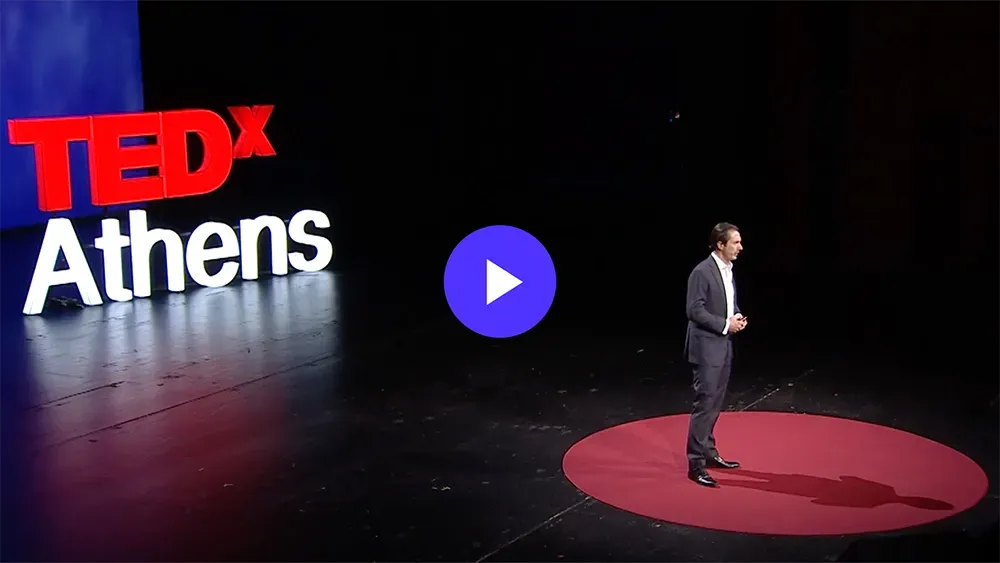
Download the full 2024 Top Ten Technology Trends Report
Know someone who needs the Synthetic Minds?
Forward it to someone who might like it too.

